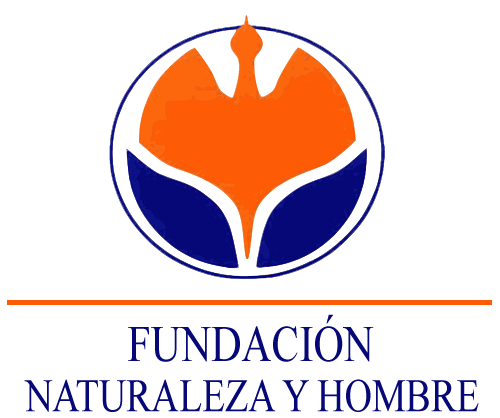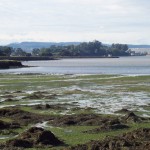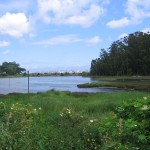This reserve is managed through an agreement between Coast Demarcation in Cantabria and FNYH.
This reserve is located east of the Bay of Santander. South is located the town of Pontejos and a large area of grassland. East, there are a Chemical factory and the population center of Elechas. West it is located Pedrosa Island and Carpepal, a street furniture factory, from which it is possible to access to the natural reserve.
The reserve involves two distinct ecological areas or units: a marsh and a coastal path.
The vegetation present in the first unit is typical of marshes, characterized by the presence of halophytic species and aquatic plants that host countless species of fauna; invertebrates, mollusks and crustaceans that are in the basis of the trophic chain for a large community of vertebrates, with birds as main representative.
The area is inhabited by typical species of marsh and wetlands as rushes or reeds, mixed in some areas with pampas grass and ragwort, target species to be eradicated by FNYH. This is a tedious and complicated work due to the poor accessibility of the areas colonized by these species. Along the coastal path there is a mixture of native and exotic species, notable examples are, laurel, strawberry tree, alder, hazel, birch, hawthorn, oak, black willow and white willow; and among alien species, tamarisk, pampas grass, ragwort and black locust.
The second ecological unit is the coastal path that runs along the Ensenada de San Bartolome and meets the marsh Engoa. It is a narrow strip of great interest since with only a few meters wide, it hosts a high plant diversity associated to coastal banks, such as sea purslane, samphire or reeds. There is a very small area with a plantation of arbutus and laurel and another one at a nearby point, but already outside the reserve. Along the path there is a tiny island bathed by the Bay, with oaks and laurels; and an old limestone quarry, nowadays invaded by pampas grass.
Birds are the most representative fauna in this reserve, especially those associated with wetlands such as cormorants, spoonbills, herons, seagulls and many other species of ducks.
Partners:
- Ministry of Agriculture, Food and Environment. Coast Demarcation in Cantabria
- Sea General Secretary
- General Direction of Sustainability of the Coast and the Sea
<iframe src=”https://www.google.com/maps/d/embed?mid=zmP4mtNhSVhk.k5In78jIj4bQ” width=”640″ height=”480″></iframe>



